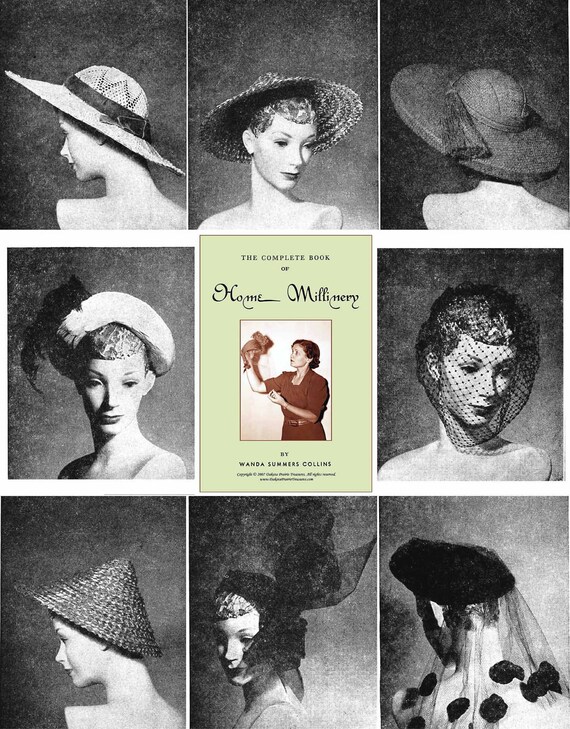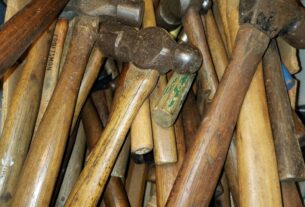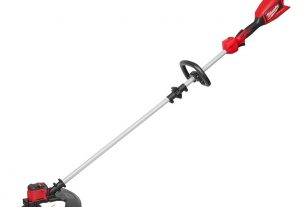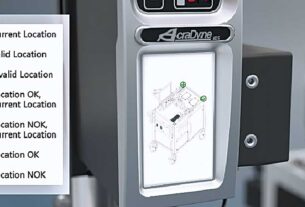If you’re a milliner, you know that having the right tools is essential for creating beautiful and functional hats. From blocking to trimming, each step of the process requires specific tools that can make all the difference in the final product. In this comprehensive guide, we’ll take a closer look at the various milliner tools available and how they can help you create stunning hats that stand out from the crowd.
H2: Overview of Milliner Tools
Before we dive into the specific types of milliner tools, let’s take a moment to discuss what they are and why they’re important. Simply put, millinery tools are any equipment or supplies used by milliners to create hats. These tools can range from simple hand-held devices to complex machinery, depending on the type of hat being made and the materials being used.
While some milliners may choose to use basic tools that are readily available at craft stores, others prefer specialized equipment that is designed specifically for hat-making. High-quality milliner tools not only make the process easier and more efficient but can also produce better results overall.
H2: Types of Milliner Tools
1. Blocking Tools
One of the most important steps in hat-making is shaping the material into the desired shape. This is where blocking tools come in handy. These tools are used to stretch and shape materials such as felt or straw into specific shapes and sizes.
There are several types of blocking tools available, including:
– Hat blocks: wooden or metal forms that mimic the shape of a head or hat.
– Blocking pins: long metal pins with flat heads that hold fabric in place while it dries.
– Steamers: machines that emit steam to soften materials before blocking.
2. Cutting Tools
Once the material has been blocked into shape, it’s time to trim away any excess fabric using cutting tools. These tools can range from simple scissors to specialized cutters designed for specific materials.
Some common cutting tools used in millinery include:
– Scissors: basic cutting tools that come in a variety of sizes and shapes.
– Rotary cutters: handheld cutters with circular blades that are ideal for cutting curves or thick fabrics.
– Leather knives: specialized knives designed for cutting leather or other dense materials.
3. Sewing Tools
Sewing is an essential part of hat-making, as it allows you to attach various components together and create intricate details. There are several types of sewing tools that milliners use, including:
– Needles: small, pointed objects used to stitch fabric together.
– Thread: thin strands of material used to sew pieces of fabric together.
– Thimbles: protective caps worn on the finger to prevent needle pricks.
4. Finishing Tools
Lastly, finishing tools are used to add the final touches to a hat, such as adding embellishments or trimming excess fabric. Some common finishing tools include:
– Glue guns: handheld devices that melt adhesive material and allow you to easily attach decorations or trimmings.
– Embellishments: decorative items such as feathers, ribbons, or beads that can be added to a hat for extra flair.
– Trimming scissors: specialized scissors designed for trimming excess fabric or thread.
H2: Choosing the Right Milliner Tools
With so many different types of milliner tools available, it can be difficult to know where to start. Here are some tips for choosing the right tools for your needs:
1. Consider Your Skill Level
If you’re just starting out as a milliner, you may not need all the fancy equipment right away. Start with basic tools and work your way up as your skills improve.
2. Think About Your Budget
High-quality milliner tools can be expensive, so consider how much you’re willing to spend before making any purchases. It’s often better to invest in a few high-quality tools than to buy a lot of cheap ones that won’t last.
3. Consider the Materials You’ll Be Using
Different materials require different types of tools, so consider what you’ll be working with before purchasing anything. For example, if you’re primarily working with felt, you’ll need blocking tools designed specifically for that material.
H2: Tips for Using Milliner Tools
Now that you have an understanding of the different types of milliner tools available, here are some tips for using them effectively:
1. Practice Proper Safety Precautions
Many milliner tools can be dangerous if not used properly. Always read the instructions carefully and take appropriate safety precautions, such as wearing protective gloves or eyewear.
2. Keep Your Tools Clean and Organized
Proper maintenance is key to keeping your milliner tools in good condition. After each use, clean them thoroughly and store them in a dry, organized location.
3. Invest in Quality Equipment
As mentioned earlier, investing in high-quality milliner tools can make all the difference in the final product. Don’t skimp on quality when it comes to buying equipment.
H2: Conclusion
In conclusion, having the right milliner tools is essential for creating beautiful and functional hats. From blocking to trimming, there are many different types of tools available that can help you achieve your desired results. By following these tips and choosing the right equipment for your needs, you can take your hat-making skills to the next level.
References:
https://en.wikipedia.org/wiki/Millinery
https://www.hatsupply.com/millinery-tools/




